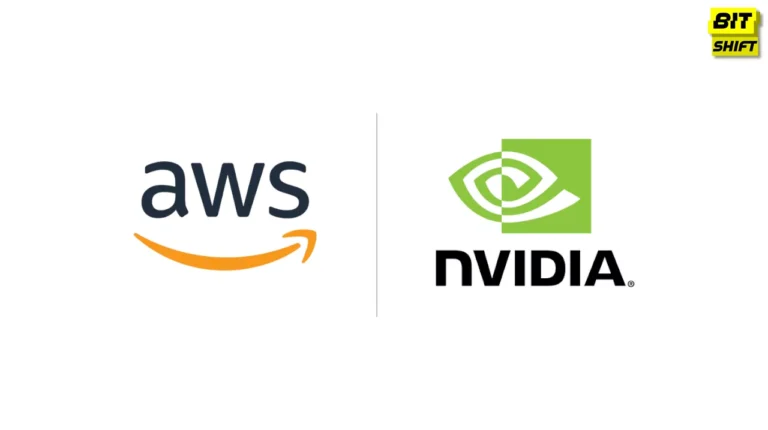
Summary
The features of the Apple Vision Pro are the company’s latest venture into the spatial computing market. It discusses the device’s potential, limitations, and implications for consumers and the broader tech industry.
Photo from apple.com
“The future of technology lies not in isolated devices but in interconnected systems, where the whole is greater than the sum of its parts.” – Michael A. Medeiros.
Introducing Apple’s Vision Pro
Apple’s latest product, the Vision Pro, has recently begun shipping, marking the company’s entry into the burgeoning field of spatial computing. Like most first-generation products, the Vision Pro showcases robust technology but falls short in applications. The device’s evolution will undoubtedly be closely watched by consumers and industry analysts alike.
First Impressions and Potential
The initial response to the Vision Pro has been varied, with some praising its technological prowess while others express reservations about its current lack of compelling applications. However, with approximately 200,000 pre-orders already placed, there is certainly interest in the platform. This interest will likely spur more developers to create applications for the device, enriching its ecosystem.
Understanding the Vision Pro’s Limitations
Despite the anticipation surrounding the Vision Pro, it’s important to remember that this is a first-generation product. This means that it is likely to undergo significant changes and improvements in the coming years before it reaches the level of functionality and affordability that most consumers find compelling. This is a typical trajectory for new tech products, especially those pioneering a segment, like the Vision Pro.
Focus on Functionality
When considering a new tech product, it is crucial to focus on the device and what it enables you to do. Many Vision Pro buyers are unsure which applications they’ll use on the device. Until compelling applications emerge, many Vision Pro units may remain unused. This is why it’s often recommended to wait until the third generation of a new tech product before purchasing.
Apple’s Vision Pro: The Good and the Bad
The Vision Pro impresses with its 4K displays, lightweight build, and sleek design. However, it falls short in actual spatial computing capabilities and offers few compelling applications. Furthermore, its price point of $3,500 may deter many potential buyers.
Looking to the Future
The success of the Vision Pro will largely depend on Apple’s marketing efforts and its ability to attract more customers. If the company can effectively engage with current buyers and highlight positive outcomes, it could generate significant demand for the device. However, negative social media feedback could pose a threat to this demand.
The Case for Patience with New Tech
While a unique thrill comes with purchasing a first-generation product, waiting until later versions is often more beneficial. By the third generation, most bugs are usually ironed out, app support is more robust, and a community of users can provide assistance if issues arise.
Conclusion
Apple’s Vision Pro is an intriguing entry into spatial computing. Although the device currently has its limitations, its potential is immense. As technology evolves and becomes more refined, it has the potential to revolutionize our interaction with digital spaces.
Share the Article by the Short Url:






